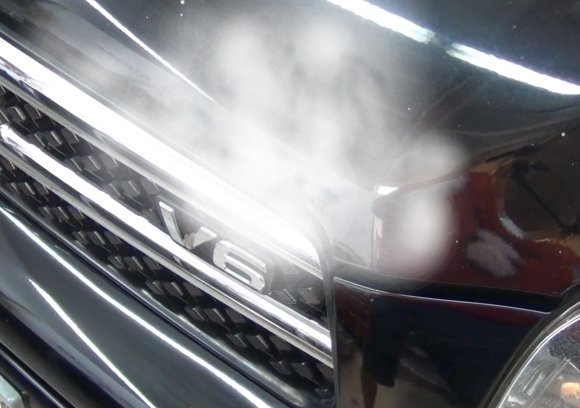I took the car out yesterday (20min drive) and it started reaching the 200degree mark. Finally I turned around to go home and the car started overheating. I stopped and parked the car. Steam was coming out of the antifreeze reservoir and antifreeze poured from the cap.
I decided NOT to run the car after that and the car was fine. I drove it for another 30min and even kept it idling after and it was fine.
I drove it again and about 15min into the drive it started heating up. The car went into overheat. On the drive home it was fine. Now it is running hot again.
I haven't drove it since and have topped off antifreeze.
What is possible causing this problem?
Fans work.
Antifreeze seems to be flowing as when I refill it goes down.
No signs of leaks other than when it overheats.
Monday, December 13th, 2010 AT 6:44 PM


